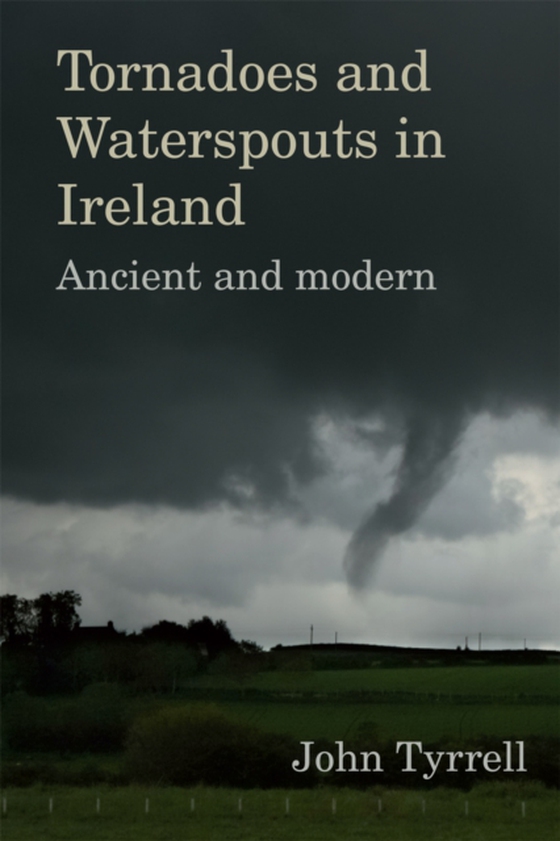
Tornadoes and Waterspouts in Ireland e-bog
322,59 DKK
(inkl. moms 403,24 DKK)
People living in Ireland do not expect to encounter a tornado. But, why not? They have been part of the Irish climate and have tracked across the land for hundreds of years. Indeed, during the last three decades they have visited every county in Ireland. This book traces how for centuries there was not the vocabulary to record them in a way we would recognise them today. In retrieving these rec...
E-bog
322,59 DKK
Forlag
Cork University Press
Udgivet
1 november 2021
Længde
278 sider
Genrer
HBTP
Sprog
English
Format
epub
Beskyttelse
LCP
ISBN
9781782054740
People living in Ireland do not expect to encounter a tornado. But, why not? They have been part of the Irish climate and have tracked across the land for hundreds of years. Indeed, during the last three decades they have visited every county in Ireland. This book traces how for centuries there was not the vocabulary to record them in a way we would recognise them today. In retrieving these records new insights emerge into both the written historical record and phrases used in our contemporary accounts. It introduces those conditions in Ireland favourable for tornadoes and waterspouts. Being localised phenomena they are ill suited for capture by the meteorological network, which was designed for quite different purposes. Instead, building a database for recent years has been achieved from reports by numerous weather enthusiasts, followed by site investigations to confirm and characterise them. Many such case studies are presented from all over Ireland. Today, increasing attention is being placed upon severe weather events and their impacts. A chronology for recent decades shows that tornadoes in Ireland occur every year and may occur in any season, but no one year is typical. In addition, the vulnerability of people, built structures and aspects of the environment are explored. Potentially, they are vulnerable at any time of year and anywhere in Ireland. Finally, international comparisons show that the experience in Ireland is not so dissimilar to elsewhere. In particular, comparisons are made with data for the USA and the rest of Europe.
 Dansk
Dansk

